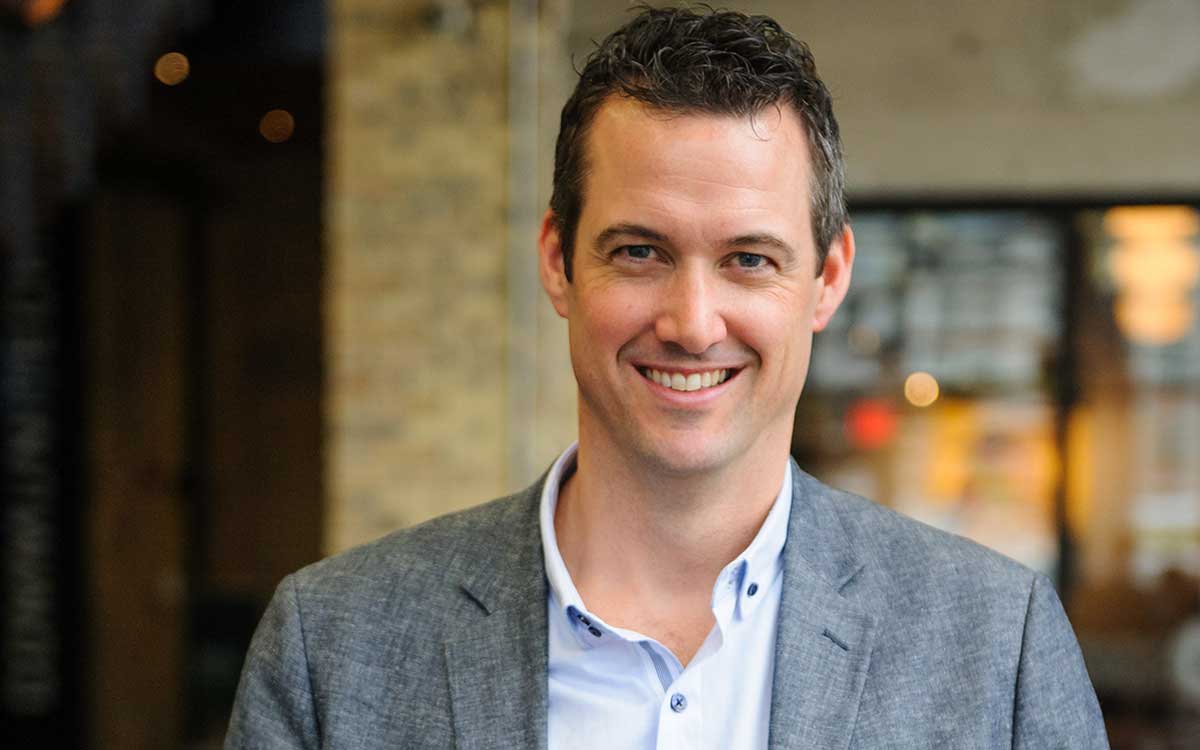
As a kid we want to go fast. Faster on a bike. Faster in a car. Faster on a ski hill. The repercussions of going fast weren’t as impactful as the immediate fun we were having with the wind blowing through our hair or the thrill of living on the edge. The reward was high, the cost was low. So we did it.
As we became teenagers, our teachers, parents, police officers, and others told us to slow down. Be careful. Take your time. You don’t have to rush. These were drilled in us and the consequences of the mistakes of going too fast seemed to get bigger. Or so we were told.
And as adults, it just got harder to go fast. Our muscles were sore. Our calendars were full. Our boss told us that mistakes were bad, so take your time. Everyone was telling us to go slower…except our kids. They told us to go fast. They told us that we needed to chase them, drive faster, throw harder. But it was hard. We had forgotten the thrill of going fast.
Time to change that.
Big organizations need to listen to that kid. Not the reckless kid that just goes fast and does stupid things, but the kid that goes fast and when she falls, gets back up right away, wipes the blood off her knee, and goes again. We need to find the right way to go fast, and the right direction, and that’s where we are going to focus.
Large companies are, by default, successful companies. They have grown through expertly executing on a known, repeatable business model. They have hundreds, thousands, and even tens of thousands of people employed to do specific tasks to execute that model. They are good at it…in fact, they are world class. They don’t need to go fast in a new direction here, they just need to execute day after day, quarter after quarter. But, in so many instances, these existing business models are under attack! From new companies that didn’t exist a few years ago, to foreign companies coming into new markets, the barriers to entry in many industries is just so small, that competition is growing each year. And the customer is changing too. Customers have so much choice these days, existing suppliers are having a hard time keeping up to new demands. How do companies respond?
Large organizations need to explore new business models, new products, and services, and new customers, while continuing to execute on their existing business model. They need to walk and chew gum at the same time.
Companies two generations ago didn’t have to. Companies today do, if they are going to survive.
What has made you successful in the past will not ensure your success in the future.
How do you start? How do you remember what it’s like to move like a kid? Explore new things and take those risks. In a previous article, I spoke about five mistakes companies make in their innovation programming, so we will use that as a basis to move forward. To start, you must engage with your customers, people who are not yet your customers, and your employees. Not the employees you talk to every day, but the ones that talk to customers every day. Front line employees. Ask them what they are hearing, what’s missing. Listen to vendors. Often companies want to talk to them, I want to you to listen to them. Listen to what they say. What they don’t say.
Don’t sit on this information. Move on it. Set a program in place to take the feedback you are getting from these important constituents, and find ways to build something new. Get a team in place in a week to test a bunch of concepts based on what you heard. Take them back to the people you spoke to and ask them if that solved their problems? Or got them excited? Take that feedback again and improve the prototype.
None of this work needs to be done slowly. If something is wrong, or doesn’t get the customer excited, change it. There’s very little risk. You aren’t changing our existing business model, but you’re exploring new ones because one day, there’s a good chance your existing business model will change, and it will be too late by then. You need to be ahead of the curve instead of behind it.
A few lessons here from this article:
- The world is moving too fast for existing businesses to simply react to changing markets. They need to find ways to get out and be ahead of the curve.
- Listen to customers, frontline employees, vendors, and soon-to-be customers. These are the best sources of information, not market reports
- Move fast in areas that don’t require huge decisions to make. One day you may be forced into making a big decision based on changing markets, but at this point you are executing your existing business model, and simply exploring new options with no commitment to do so.
- Build prototypes that you can take back to your customers and partners and find out what they like and don’t like. You need to build real things, not a presentation. Let them touch and feel the new offering. It makes it more real for them and gives them an opportunity to provide real feedback.
Next we’ll explore some new tools to collect that feedback and do something valuable with it.

Craig Haney holds a Masters degree from University of Waterloo in Entrepreneurship and has been leading the charge for corporate innovation in Canada for almost 10 years. His work with Canadian Tire Innovations helped launch the corporate innovation program at Communitech. Currently Craig is the Vice President of Europro, a large real estate developer in Ontario.




















